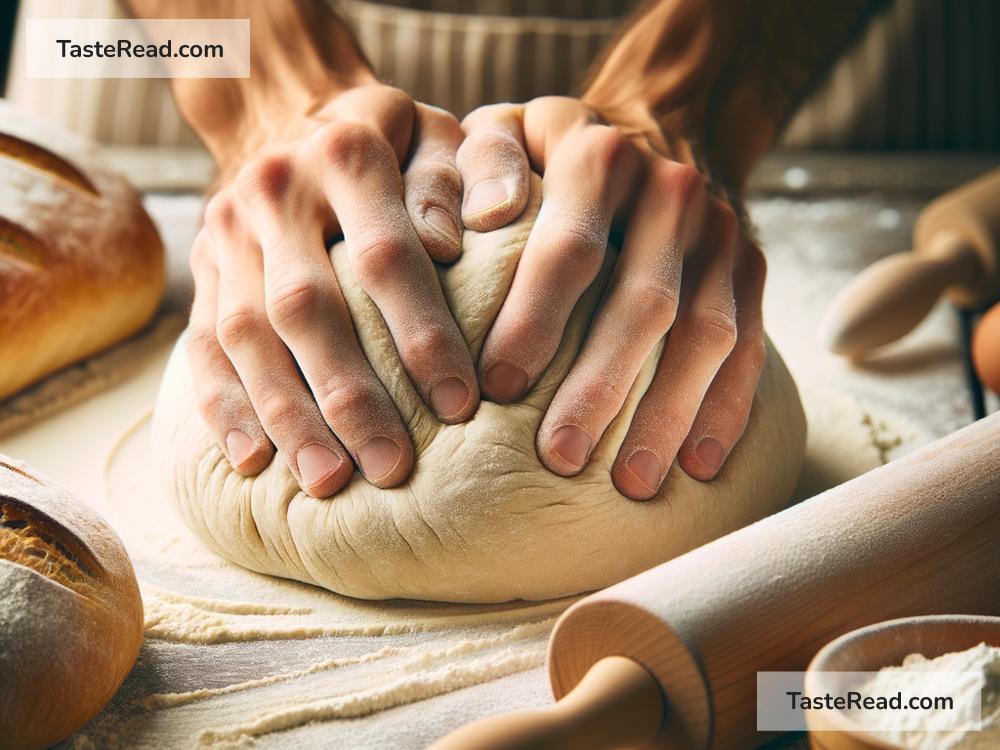How I Learned to Make Bread from Scratch: A Patience Journey
Before this journey started, the idea of making bread from scratch seemed almost mystical. The soft clouds of flour, the magic of yeast bubbling away, and the transformation in the oven were all components of a delightful alchemy I thought only skilled bakers could achieve. Little did I know, this journey of mine would not only teach me how to make bread but also instill in me a valuable lesson in patience and the beauty of slowing down in a world that’s constantly rushing.
My bread-making adventure began on a chilly Saturday morning. Inspired by images of golden loaves fresh out of the oven, I decided it was time to try it myself. Armed with a basic recipe that promised an “easy and foolproof” experience, I rolled up my sleeves, ready to dive in. But, as I would soon discover, bread-making was about to school me in the art of patience.
Step One: Gathering the Ingredients
The first lesson came early. I naively thought all flour was created equal. A quick online search taught me about the different types – all-purpose, bread flour, whole wheat. Each had its place, but for my first loaf, I settled on bread flour, famous for its higher protein content which helps the bread rise better. The simplicity of the other ingredients humbled me—water, yeast, salt. That was it. Such simple components tasked with creating something as comforting as bread.
Step Two: Kneading the Dough
This is where my patience was truly tested. Kneading dough is a physical process, but it’s also incredibly meditative. At first, my dough was shaggy and sticky, and I was convinced I’d done something wrong. Yet, with persistence, that messy mixture transformed under my hands into something smooth and elastic. It was a clear reminder that sometimes, things have to get messy before they get better, and a bit of effort can lead to transformation.
Step Three: The First Rise
Bread making is unique in its demand for pauses. After kneading, the dough must rest and rise. This period of waiting was a true exercise in patience for me. It’s a lesson in trust as well; you must trust that the yeast is doing its job even when you can’t see it happening. I learned to occupy myself with other tasks, occasionally peeking at the bowl, marveling each time at how the dough slowly but surely doubled in size.
Step Four: Shaping and Second Rise
Shaping the loaf was another moment of learning. The dough, once risen, felt alive under my hands, full of air and potential. Shaping it into a loaf was like sculpting, a reminder that patience can lead to creation. Then, another wait as the shaped dough puffed up, readying itself for the oven. This second pause taught me that sometimes, even when you think you’re done, there’s benefit in a little more patience, a little more time.
Step Five: Baking and Waiting… Again
The aroma of baking bread is, perhaps, one of life’s simplest pleasures. But even here, patience is key. The urge to open the oven door and peek was strong, but every bread-making guide warned against it. Heat and steam needed to build up to give the bread its rise and crust. So, I waited, learning that some things, especially the good ones, require you not to rush them.
When the timer finally beeped, the reward was a golden loaf, crackling as it cooled, a testament to the process. Cutting into it while still warm (because some waits are too much even for the patient) was a slice of heaven. The crisp crust gave way to a soft, warm interior, each bite a blend of simplicity and complexity—just like the process of making it.
In Retrospect
Learning to make bread from scratch was about more than following a recipe. It was a journey that taught me patience, the virtue of slowing down, and enjoying the process. In a world that prizes speed and efficiency, making bread served as a beautiful reminder that some of the best things in life take time. It’s a lesson I carry with me, well beyond the kitchen.


